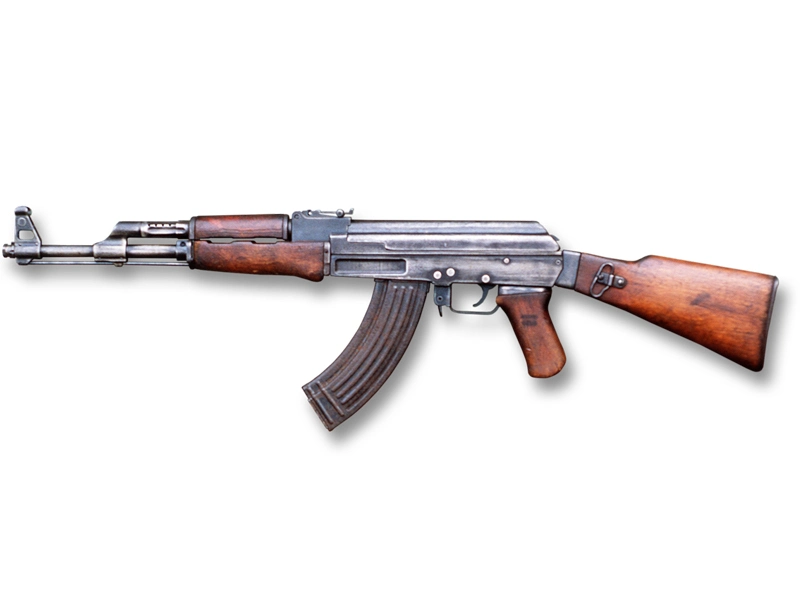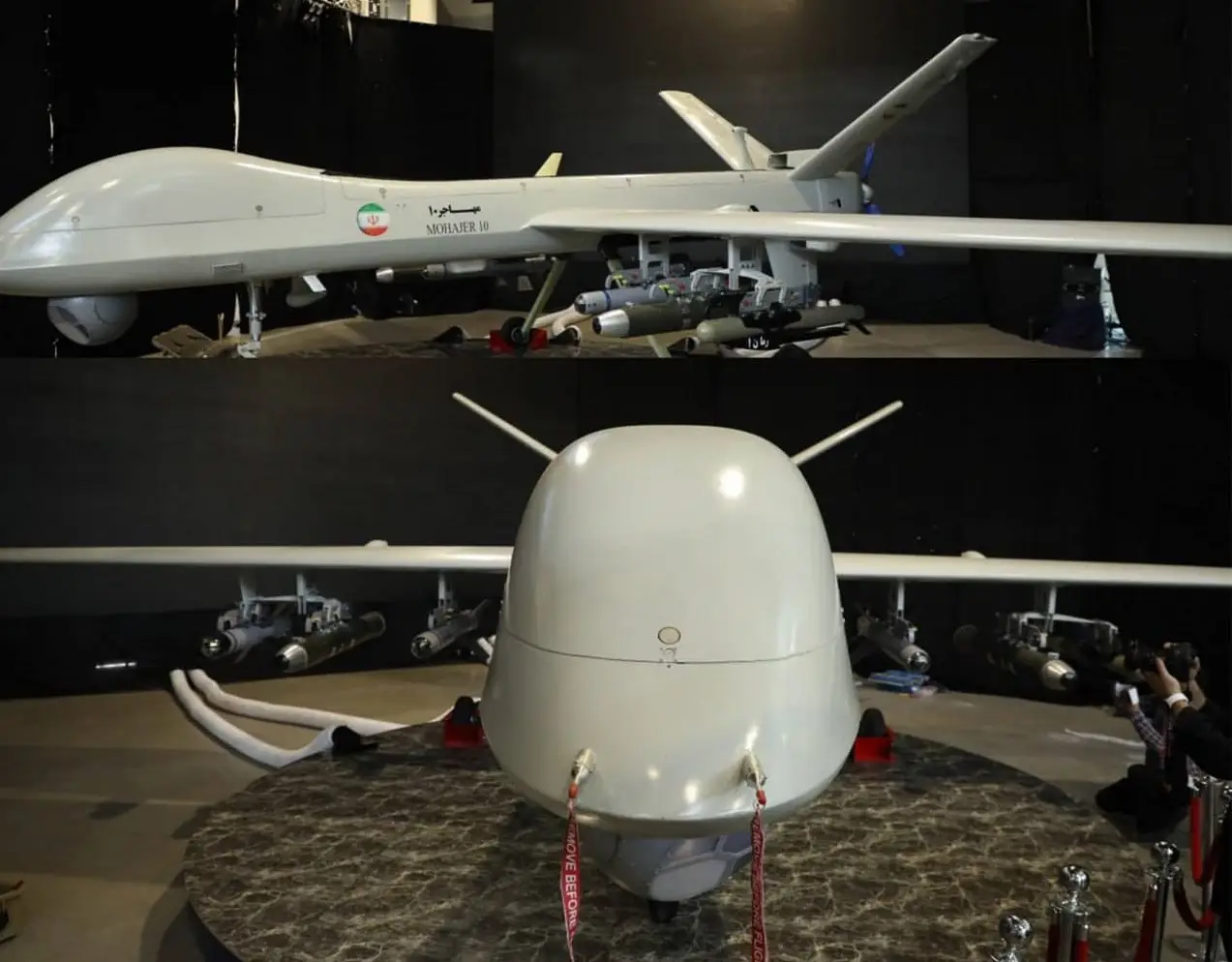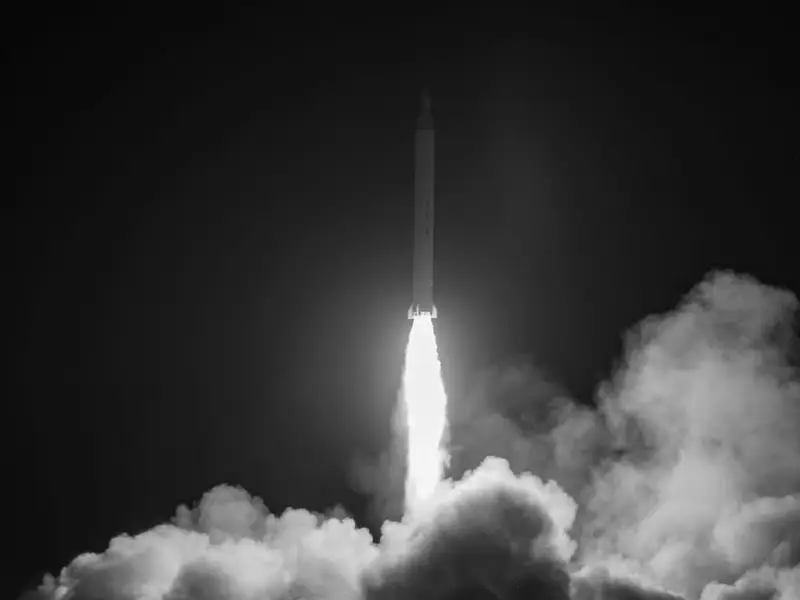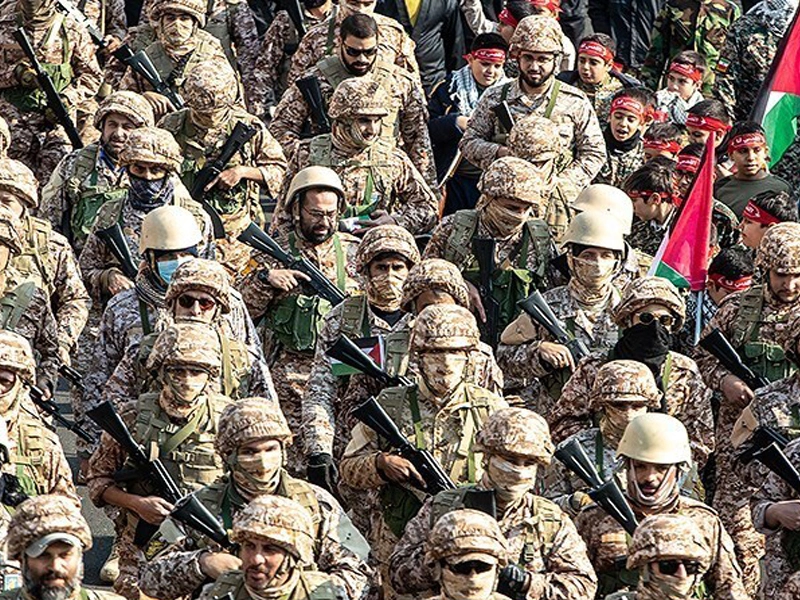The Kalashnikov Rifle – History, Specifications, and Global Use
Introduction
The Kalashnikov rifle (AK-47) is one of the most famous firearms in history, known for its simple design, high reliability, and widespread adaptability. Designed in 1947 by Russian firearm engineer Mikhail Timofeyevich Kalashnikov, it quickly became a favorite weapon for military forces and militias worldwide.
History
The Kalashnikov was developed in the late stages of World War II to provide an automatic weapon for infantry soldiers. The original AK-47 model officially entered service with the Soviet Army in 1949. Its design ensured reliable performance under various environmental and climatic conditions.
Technical Specifications
The Kalashnikov’s technical features have made it one of the most popular firearms globally:
- Weight: 4.3 kg (loaded)
- Length: 870 mm
- Caliber: 7.62×39 mm
- Muzzle velocity: 715 m/s
- Effective range: 300 to 400 meters
- Magazine capacity: 30 rounds (compatible with larger magazines)
- Operating system: Gas-operated with rotating bolt
Variants of Kalashnikov
Over time, various models of the Kalashnikov have been developed, each featuring improvements in design and performance:
- AK-47: The original model designed in 1947.
- AKM: A lighter and easier-to-produce version.
- AK-74: A refined model with a smaller caliber (5.45×39 mm) for greater accuracy.
- AK-12: The latest model with modern technology and enhanced adaptability.
Evolution of the Kalashnikov Over Time
The Kalashnikov has undergone numerous changes and improvements since its inception:
- Initial Design (AK-47): This model featured heavy metal components and complex manufacturing.
- Improved Production (AKM): Introduced in the 1950s, the AKM had stamped metal parts and reduced weight, lowering production costs.
- Smaller Caliber (AK-74): In the 1970s, the caliber was reduced from 7.62×39 mm to 5.45×39 mm, enhancing accuracy.
- Modern Versions (AK-12): In the 2010s, the AK-12 was introduced with modern features, standardized rails for accessories, and improved ergonomics.
These changes have ensured the Kalashnikov remains an efficient and popular weapon.
Countries Using the Kalashnikov
The Kalashnikov has been used in over 100 countries and remains a staple weapon for many militaries and militias worldwide. Key users include:
- Russia: As the primary producer, it remains a core weapon for the Russian military.
- China: Locally produced versions like the Type 56 are widely used.
- India: Indigenous production and use for military and police forces.
- Iran: Domestic models are produced for internal use and export.
- African Nations: The rifle is widely used in internal conflicts due to its low cost and reliability.
Reasons for Popularity
Several factors contribute to the Kalashnikov’s global popularity:
- Simple Design: Easy to repair and maintain under harsh conditions.
- Reliability: Performs consistently in dusty, muddy, and adverse weather conditions.
- Low Cost: Affordable production and acquisition compared to similar weapons.
- Versatility: Suitable for various roles, from urban warfare to jungle combat.
Cultural and Political Significance of the Kalashnikov
The Kalashnikov is more than just a firearm; it has become a symbol of resistance and struggle. Its image appears on flags and emblems of certain groups and nations, such as Mozambique, which included it on its flag as a symbol of independence. It also holds a prominent place in the art, literature, and popular culture of many countries.
Economics of Kalashnikov Production and Trade
The production and trade of Kalashnikovs play a significant role in the economies of manufacturing countries. Due to its mass production and low cost, it has consistently been one of the best-selling firearms in the global market. In addition to Russia, countries like China, Bulgaria, and Poland also benefit economically from its production.
Challenges Associated with the Kalashnikov
One major issue with the Kalashnikov is its widespread use by militias and illegal groups. This has led to instability in many conflict zones and posed challenges to global security. Its easy accessibility makes it difficult for governments to control arms proliferation.
Comparison with Similar Weapons
When compared to firearms like the American M16 and the Belgian FN FAL, the Kalashnikov stands out for its simple design and reliability. While the M16 offers higher accuracy, it performs poorly under harsh conditions like dusty environments.
Future Prospects
With the advent of new technologies like smart weapons and drones, the role of traditional firearms like the Kalashnikov might diminish. However, due to its reliability and low cost, the Kalashnikov will likely retain its place in asymmetric warfare and less developed regions.
Conclusion
The Kalashnikov is not just a firearm but a symbol of military and political influence globally. Its design revolutionized individual weaponry and remains one of the most widely used firearms worldwide. Decades after its original design, the Kalashnikov continues to hold a special place in armies and militias alike.















